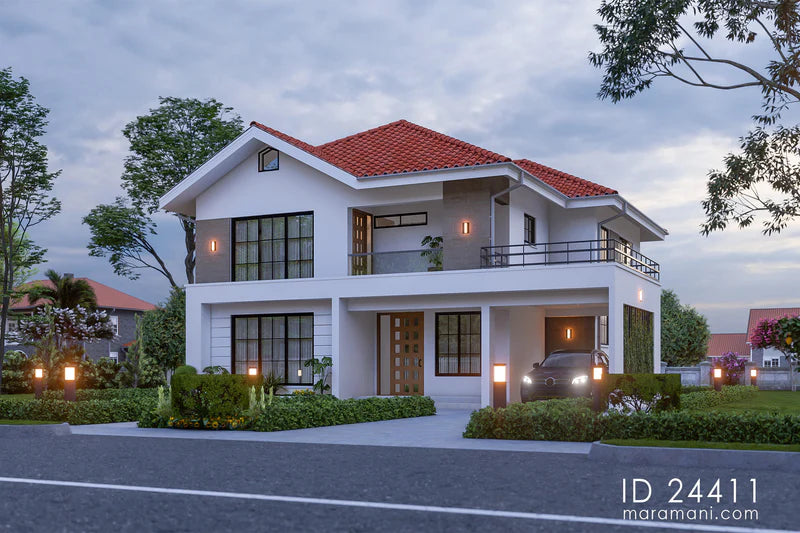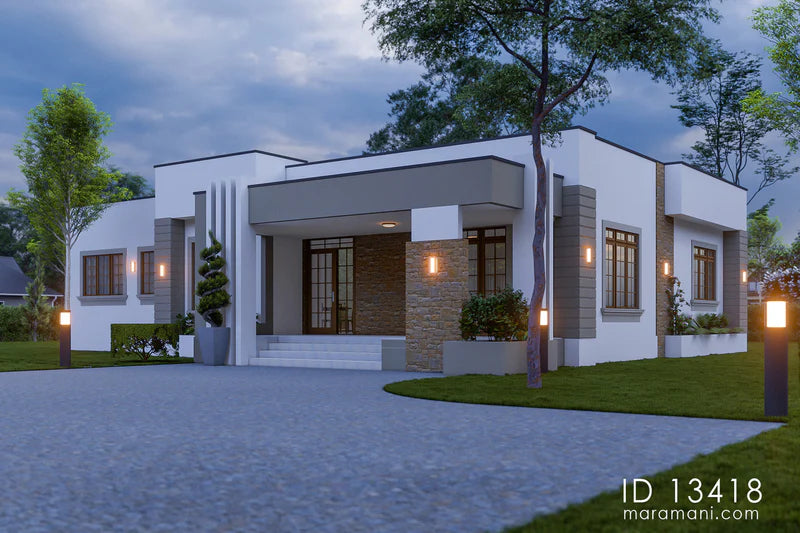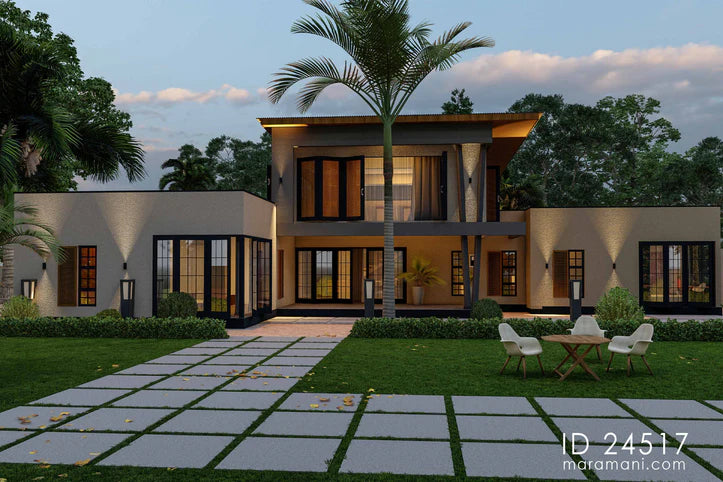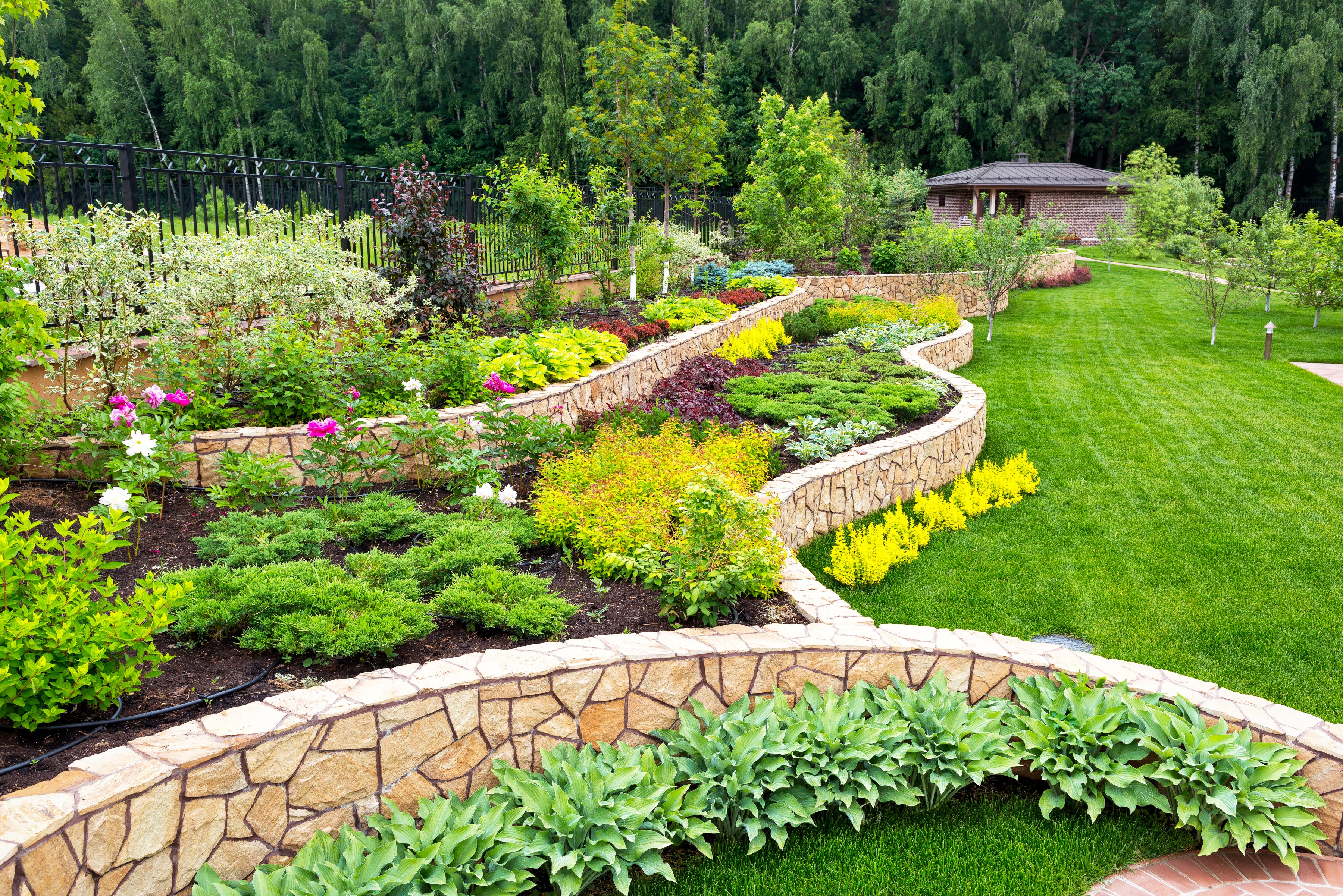A landscape can improve the aesthetic beauty of a property while increasing its value for a homeowner and creating a relaxing home environment. The right landscape design can make a big difference to the curb appeal and feeling of being in a welcoming and nature-filled environment.
There are many types of landscapes you can consider for your home.
Read on to find out more about the different landscaping design styles that could be ideal for your home.
Types of landscaping styles to consider
English garden style

This is a landscape that features florals, shrubbery, trees, and a body of water. Whether manmade or natural, the body of water could be a small lake, a pond, or a reflecting pool for smaller options.
Other common features include a bridge, a birdbath, and a bench which alongside sculptures and cobblestone paths are classic accompaniments.
Tropical garden style

You do not have to jet out to exotic locations to bask in tropical vibes. You can recreate them with your own tropical backyard landscaping project. This style primarily features lush greenery and bold colors.
If you live in suitable climates, you can get palm trees, hibiscus flowers, orchids, and jasmine which are all representative of tropical getaways.
You can also add a hammock, a swimming pool or a hot tub. This design style can be further levelled up with tiki statues, torches, outdoor furniture, bamboo accents and a fire pit.
Woodland landscaping style

If you like the idea of a cozy cabin in the woods, you can consider a woodland-inspired landscaping style. This is an excellent low-maintenance option that features forest trees, florals, and shrubs. These can be left to grow in their own way with little manual interference.
Oak, maple, walnut and hickory among other hardwood trees are traditional choices for a woodland landscape that take a long while to grow. They can also be dormant in the winter, and you may want to consider what your landscape will look like in all seasons.
Softwoods such as cedar, juniper, redwood, spruce and Douglas fir grow quicker and retain their coverage during winter.
Other structural additions to a woodland landscape style include stone pathways, wooden benches, and decorative birdhouses.
Japanese garden style

Japanese gardens draw on Buddhist, Shinto, and Taoist principles to develop a spiritual haven. There are four essential elements to this style which include rocks, water, ornaments, and plants.
Japanese garden-style landscapes feature design principles such as asymmetry, borrowed scenery, enclosure, balance, and symbolism.
Common water features in this landscape include koi ponds, stone basins and waterfalls. Decorative ornaments also help to bring this landscape to life.
Spanish landscape style

Spanish-style landscaping is popular in hot and dry climates and is influenced by Persian and Islamic gardens with its own unique flair.
Ceramic elements are common and can be found in fountains, benches, walls, walkways, pools, and decorative touches. When it comes to fountains, Spanish-style landscaping features multiple small pieces rather than one large centrepiece. Other decorative elements include terracotta pots, glazed accents and urns.
Prairie style
A prairie landscape can be created with tall grass and herbaceous flowering plants. These are adaptable to many environments, with examples like switchgrass being drought-resistant and colourful. This is a less expensive option than shrubbery and other kinds of greenery like trees.
Desert style

A desert landscaping option can be a low-maintenance option. Succulents are a hallmark feature, with examples like cacti, aloe, and yucca being traditional options. Some colorful desert-tolerant plants like begonia and yellow columbine can offer a fresh look and feel.
You can also opt for light-coloured, heat-resistant furniture and a fire pit which both evoke the feeling of a desert. You may also need shade like umbrellas and gazebos which are a must if you want to make the best of a desert landscape.
Basic landscaping design principles
Lines
Lines can be used to create an endless variety of forms and shapes that direct people’s gaze. Lines are used nearly everywhere in landscaping such as entryways and flower beds among other elements.
A good landscaper can help you develop spaces, craft a cohesive theme, and create beautiful and recognizable patterns. They can use different types of lines such as straight, curved, vertical, and horizontal lines.
Straight lines give a formal character to landscapes and direct onlookers’ eyes to a focal point. On the other hand, curved lines direct the eye at a slower pace.
Vertical lines are typically used to make spaces look and feel bigger. Horizontal lines are used to either divide or tie spaces together.
Unity
In landscaping, unity is realized through repeating elements that stand out such as plants. Unity is an overarching principle that is used to create a sense of oneness.
One of the best and simplest ways of creating unity and harmony in landscaping is to use a particular design style or theme.
These themes and styles should feature well-defined elements and this has made them popular with landscape designers and homeowners for decades.
Colour

Colours add variety and interest to different landscapes. There are different colour schemes such as complementary, analogous and monochromatic.
Monochromatic colour themes focus on one colour, and a professional landscaper can use different shades of a particular colour to add interest to a landscape.
If you crave variety, you can use between three and five colours that are adjacent to the colour wheel. Examples include orange, yellow-orange, blue, blue-violet and red-orange.
On the other hand, complementary colours are contrasting options that are on opposite sides of the colour wheel. Some of the most popular sets of complementary colours include red and green, violet and yellow, and blue and orange.
Proportion
In the world of landscaping, proportion refers to the size of a particular element in relation to another. This is a simple design principle which ensures that all the landscaping elements have proper proportions and thus do not look out of place.
Conclusion
The different varieties of landscape styles offer different aesthetic values and add a unique feel to a particular property.
Regardless of the landscaping style that speaks to you, make sure you are considering an option that is best suited to your property.
Consider critical factors like weather, terrain, personal preferences, and maintenance levels before settling on a particular style.
Ensure you consult a landscape architect and other experienced real estate professionals to help you balance the aforementioned factors to increase your chances of ending up with a beautiful and lasting landscape design.






1 comment
Cynthia Forson
Maramani designed a house for me. Do you design landscapes too?
Leave a comment
This site is protected by hCaptcha and the hCaptcha Privacy Policy and Terms of Service apply.